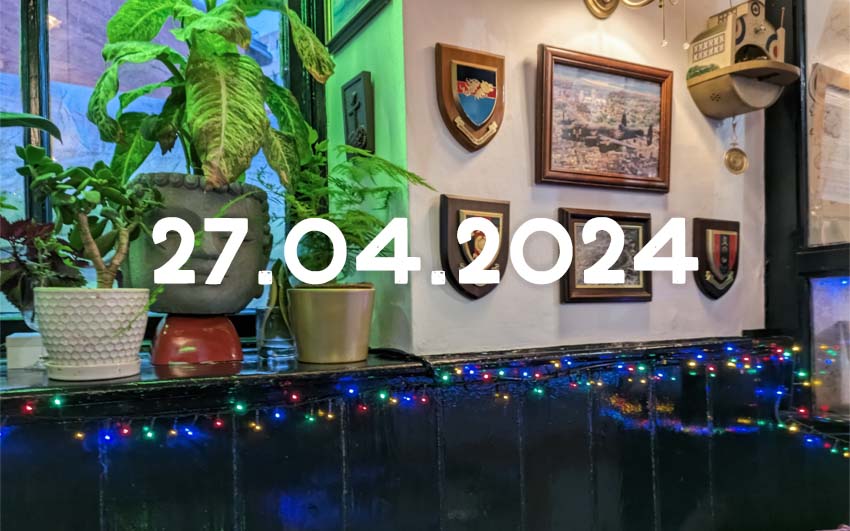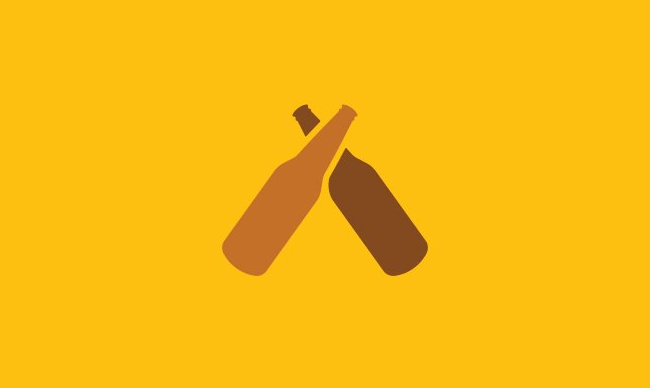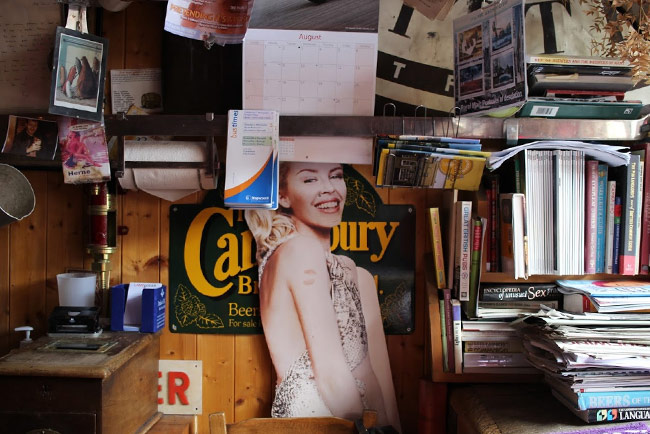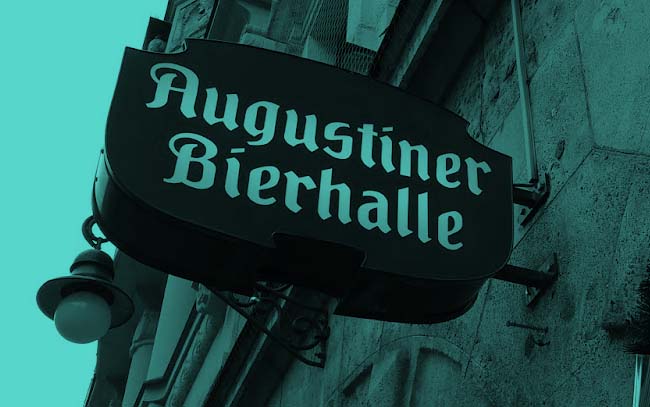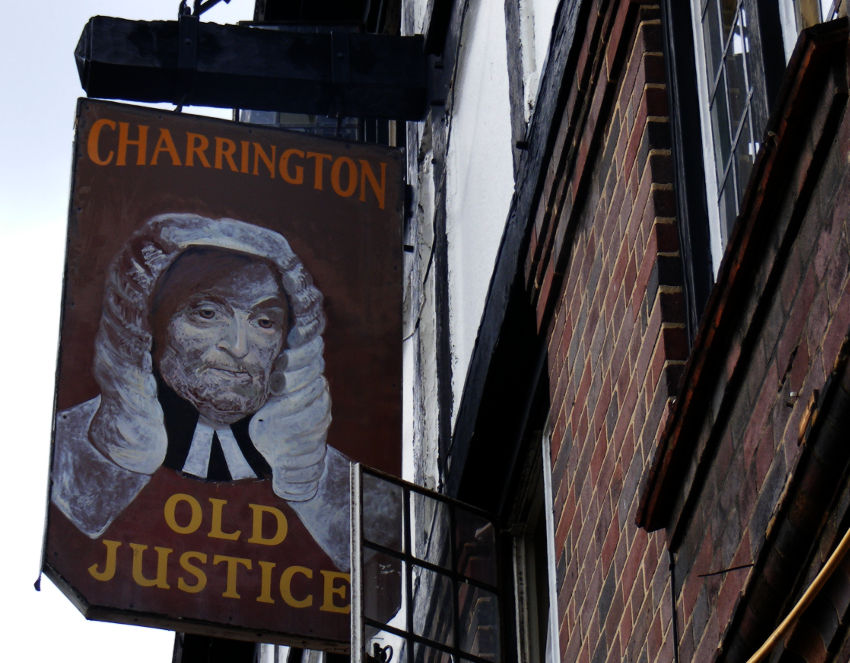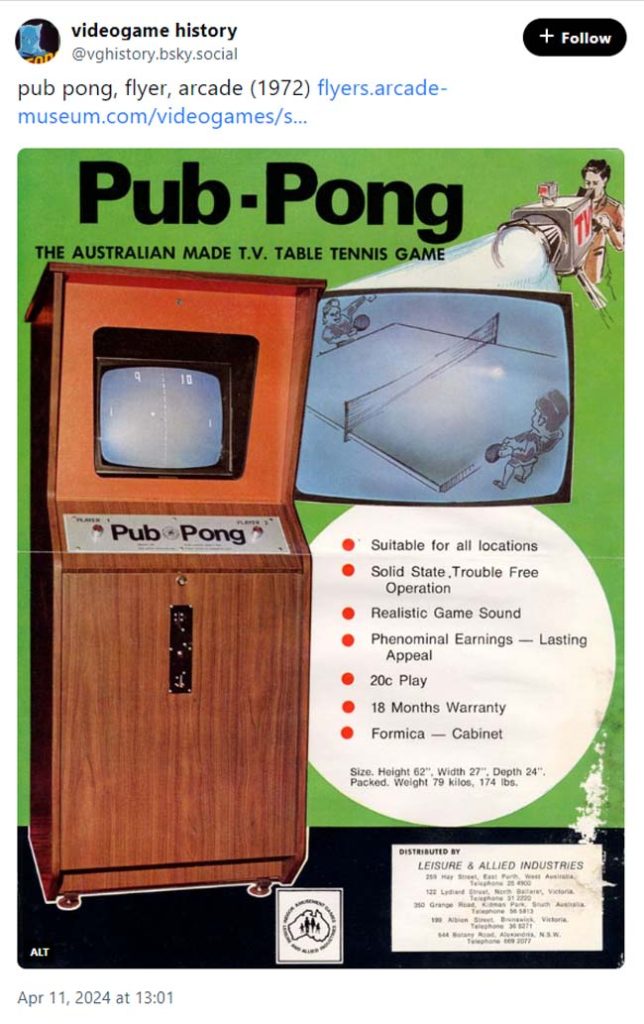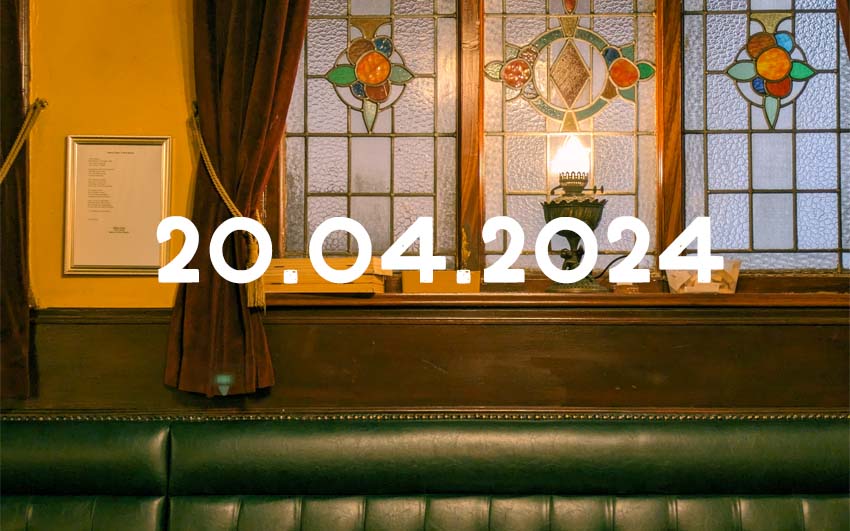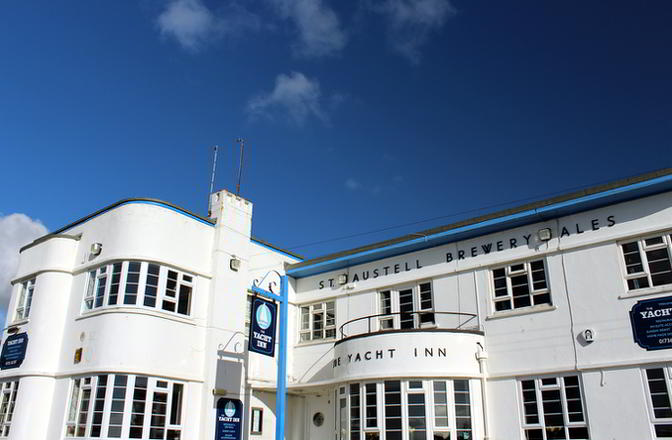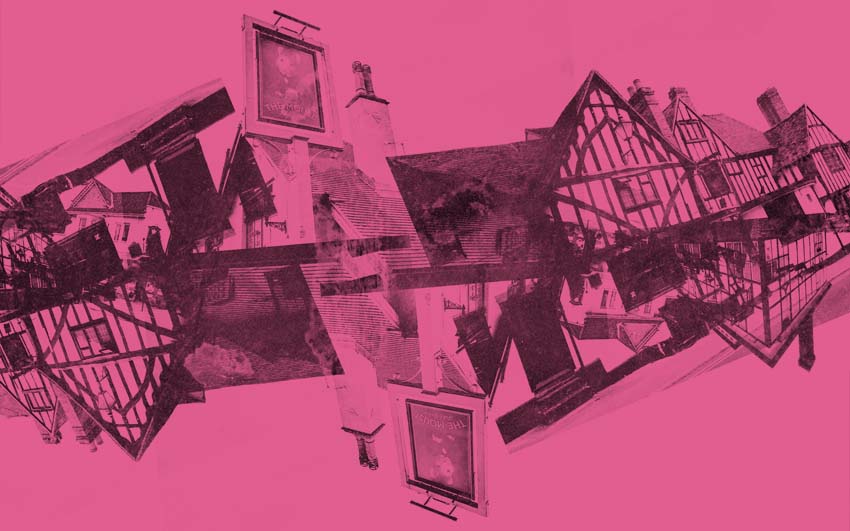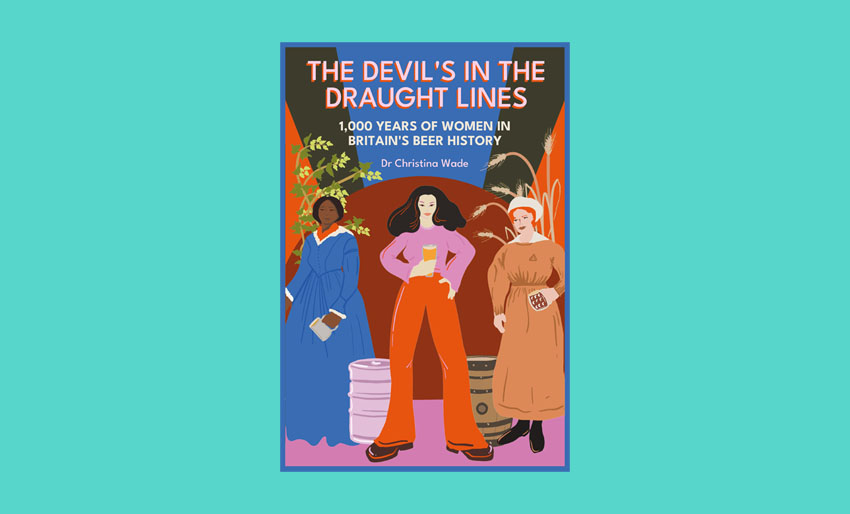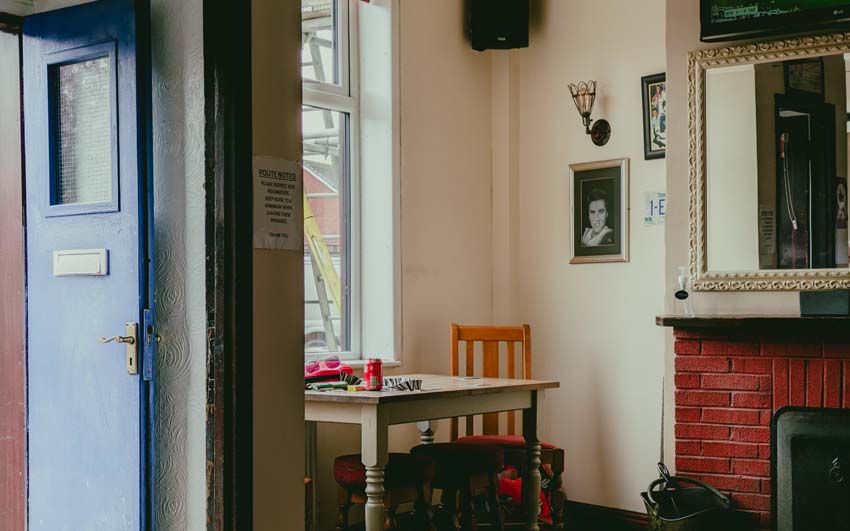In the 1970s and 80s pubs added video game arcade machines to their roster of attractions, in pursuit of younger customers and additional revenue.
We sort of knew this but had forgotten it. We both recall seeing arcade machines in unusual places when we were kids – Chase HQ at the swimming pool, Space Invaders at the chip shop.
And, yes, we must have seen them in pubs here and there, perhaps glimpsed through cracks in the door as we sat on steps with Panda Pops, or ran around beer gardens.
What brought this memory back with a rush was this clip from 1983 via the excellent BBC Archive, From 23 seconds.
It shows office worker Chris Carter spending his lunch break playing Mr Do! in a very normal looking Truman’s pub, presumably in London. Next to the arcade game there’s a gambling machine, a cigarette machine, and a payphone – coin-op corner!
One detail we get about the business model is that the machines in this pub were changed once a month so that there would always be a new game, with novelty value, for people to play.
The questions the video prompted in our minds were when did video games first start appearing in pubs – and where did they go? Because you rarely see them these days, except as retro novelties.

1973: Pong in the pub
It seems to be accepted generally that the first commercially successful video game was Pong, a basic tennis simulator released to the market by Atari in 1972.
It was actually designed with pubs – or, rather, being American, bars – in mind. The first prototype was tested at Andy Capp’s Tavern in Sunnyvale, California, which seems to have been a restaurant-bar with something of an English pub theme. (Further research required.)
It didn’t take long for real British pubs to start installing Pong-style video game cabinets. In August 1973 Ros Dunn reported for the Huddersfield Daily Examiner that Trevor Haigh, manager of The Albion in New Street, wanted to start a ping-pong pub league “using the new computer machines just coming in”:
They look like small television sets. The two small bars on the screen (the bats) are controlled by two knobs below it. A white dot (the ball) is bounced across the set by moving the bar up to meet it… Mr Haigh believes computer ping-pong wil be just as popular as the more traditional pub sports – darts, dominoes and cards.
Haigh reckoned he had about a dozen keen players even though his machine (a Pong knockoff called Space Ball, from Nutting Associates) had only been installed for a couple of weeks. That means we can pinpoint its arrival to around July 1973.
In December 1973 a firm called Dormer Projects Limited was advertising its “TV Tennis Non-Gaming” machines in newspapers and boasting that they were installed in “over 5,000 pub and club sites throughout the UK”. They were supposedly taking up to £80 per week on each site (pinches of salt required) and cost £650 plus VAT – just shy of £7,000 in today’s money.
In April 1974 a promoter called Len Bruce was trying to get a national Pub Olympics off the ground, in collaboration with a firm based in Morecambe that was producing 30 video game machines a week, and had sold about 500 to pubs up and down the UK. (Does anyone know which company this might have been?)
Most histories of video games, however, report a collapse in the market from about 1974 onwards. Once you’d done Pong, then Pong Doubles (1973) with two paddles per side, then Quadra Pong (1974) with a four-sided court, the novelty began to wear off.
Firms continued to advertise video games to pubs throughout the late 1970s but there were also reports that highlighted the extent to which the first wave of the craze was over. Like this from the Southall Gazette from July 1978:
Pub football and tennis machines fluctuate in popularity, enjoying seasonal success rather like rugby and soccer… Although there are no hard and fast seasons, their popularity can be gauged by the takings or rather the lack of them… The prospect of vidfeo machines lying redundant, naturally enough, causes concerns among the owners of these large and costly boxes of electronic tricks…
1979: Invasion of the Space Invaders
Space Invaders was released by Taito in Japan in 1978 and took a while to make it to UK pubs.
In June 1979 the Liverpool Echo reported that it was on its way, accompanying its report with stories of a wave of juvenile delinquency the game had supposedly unleashed in Japan. (More on this shortly.)
Then, in December 1979, the Liverpool Daily Post published a snarky column by John Williams with the headline “…to boldly bleep where no man can drink in peace any more”:
[The] bar had been equipped with a built-in migraine… This emanated from the lead-booted feet of creatures from outer space and became louder and louder as they neutralised the exploding missiles fired by Earthlings feeding 10p pieces into the Space Invaders machine… The object of the game, apparently, is to save humanity. But it’s too late, at least for our pubs. They have been taken over by the new age of the machine… In [one] pub I counted one video game, two juke boxes, a pin-ball game and two Bandits. Just imagine the whooping, hollering, bleeping, banging, rattling and wheezing when they are all operated simultaneously… At a time when CAMRA is trying to recapture the good old flavour of real ale, everyone else seems hard at work turning pubs into amusement arcades.
As it happens, CAMRA was on the case. An edition of its short-lived print magazine What’s Brewing (not to be confused with the monthly member newspaper) from summer 1980 had a feature by Mike Chapple called ‘Bar Invasion’:
Rick Zaple, CAMRA’s regional organiser for the West Midlands, tabled a motion at the Campaign’s recent Annual General Meeting to place curbs on the offending aliens… “The objection was not against the machines themselves,” says 27-year-old Rick. “It’s just the noise that they create.”… Understandably Rick maintains that Space Invaders, together with other such electronic gadgetry as juke boxes and fruit machines, tend to disturb drinkers out for a quiet pint and a chat… “Rather than banning the machines, there should be more stringent control on the amount of noise they actually make, so that people who do not want to become involved are not being disturbed in the pub,” he said.
In May 1980 the Carmarthen Journal was reporting that…
Public bars in the Carmarthen area which normally echo to the sound of popular pastimes like darts dominoes may soon be buzzing with the strange electronic noises of a new amusement machine which is currently taking the country by storm. The machine, which is called ‘Space Invaders’, has already won the seal of approval from public houses in the large cities and is now being installed in many local pubs, clubs and coffee houses… And master-minding the ‘invasion’ of the machines in West Wales is the Pendine based Arm of Robot Machine Leasing, which has already distributed about 100 ‘Space Invaders’ throughout the area.
By August in the same year, however, a publican in Sevenoaks in Kent was complaining that Space Invaders was old hat and that punters were demanding newer, more sophisticated games:
Mr Gordon Hobson, the landlord of the Camden Arms… said that the craze had died down slightly over the last few weeks but added that manufacturers were constantly thinking up new ideas for video games He said: “At one stage we had a Space Invaders machine in the pub but as the novelty wore off we replaced it with a more advanced game. It is like most things, they tend to wear off after a time.”… Mr Hobson has a wide variety of video machines which budding Luke Skywalkers can pit their wits against and there is nothing more rewarding than seeing your initials proudly displayed on the screen if you manage to achieve one of the highest scores.
1981: Won’t somebody think of the children?
In February 1981 Chief Superintendent David Jones of Gloucestershire Constabulary spoke at an annual licensing session in Cheltenham. He suggested that the presence of video games in pubs had led to a surge in under-age drinking because “Young people are being attracted into bars to play the machines”. Police in nearby Bristol said the same thing.
And in March the same year police in Stockport joined in the chorus, as reported in the Advertiser and Guardian:
Stockport schoolboys would seem to be deserting the playground for the pub in a bid to master the Space Invader craze… Moreover the mania for video games – which have flooded the country – has brought fears from the police that the micro-chip fever could lead to a new generation of teenage tipplers.
There were also stories, echoing those from Japan, of children stealing to pay for their video game addiction, or fiddling the machines to get free plays.
An anti-video-game lobby emerged in the UK, arguing that video games should be treated like films, with venues required to have a licence to ‘exhibit’ them. This debate rumbled on throughout the rest of the decade.
1982: Game over?
If the purpose of putting video games in pubs was to attract younger customers, and authorities were saying, “Oh no you don’t!” then perhaps a crash was inevitable.
In January 1982 the Daily Mirror was convinced the craze was reaching an end:
Space Invaders are being beaten off by the recession… Many pubs and clubs are replacing them with fruit machines because of a big drop in profits… One video games firm, Sabelectro of Cheltenham, has lost £600,000… Broadway coins of London said: “Last year every machine netted £200 a week. Now we’re lucky to get £40.”
It’s also worth bearing in mind that the home computer boom kicked off in earnest at about this. The Sinclair ZX Spectrum was launched in 1982, for example, and a major selling point was that for a relatively small initial outlay, you could save a fortune in 10 pence pieces.
The story of the decline of the British amusement arcade is told in some detail in Arcade Britannia: a social history of the British amusement arcade by Alan Meades published by the MIT Press, and available to read online for free.
He describes an odd sort of feedback loop where, by the early 1990s, home video game consoles were being installed in pubs in the guise of the PlayChoice-10:
The PlayChoice-10 contained a robustly built [Nintendo Entertainment System] home console in an arcade cabinet, as well as a mechanism for the player to select from up to ten games installed by the operator. The PlayChoice-10 performed well in Britain, especially as an arcade machine for the pub trade, where space was at a premium. Of the estimated 30,000 PlayChoice-10 machines manufactured globally, 6,000 were sited in Britain…
The supply of ‘proper’ video games from Japan, with dedicated circuit boards, began to dry up.
And gambling machines based on recognised licensed properties became more popular, such as a unit based on the board game Monopoly launched in 1992 that we think we remember seeing in pubs when we were students.
So, we reckon it’s fair to say it might have been surprising to see a video game in a pub after about, say, 1995. If you know otherwise, let us know.


